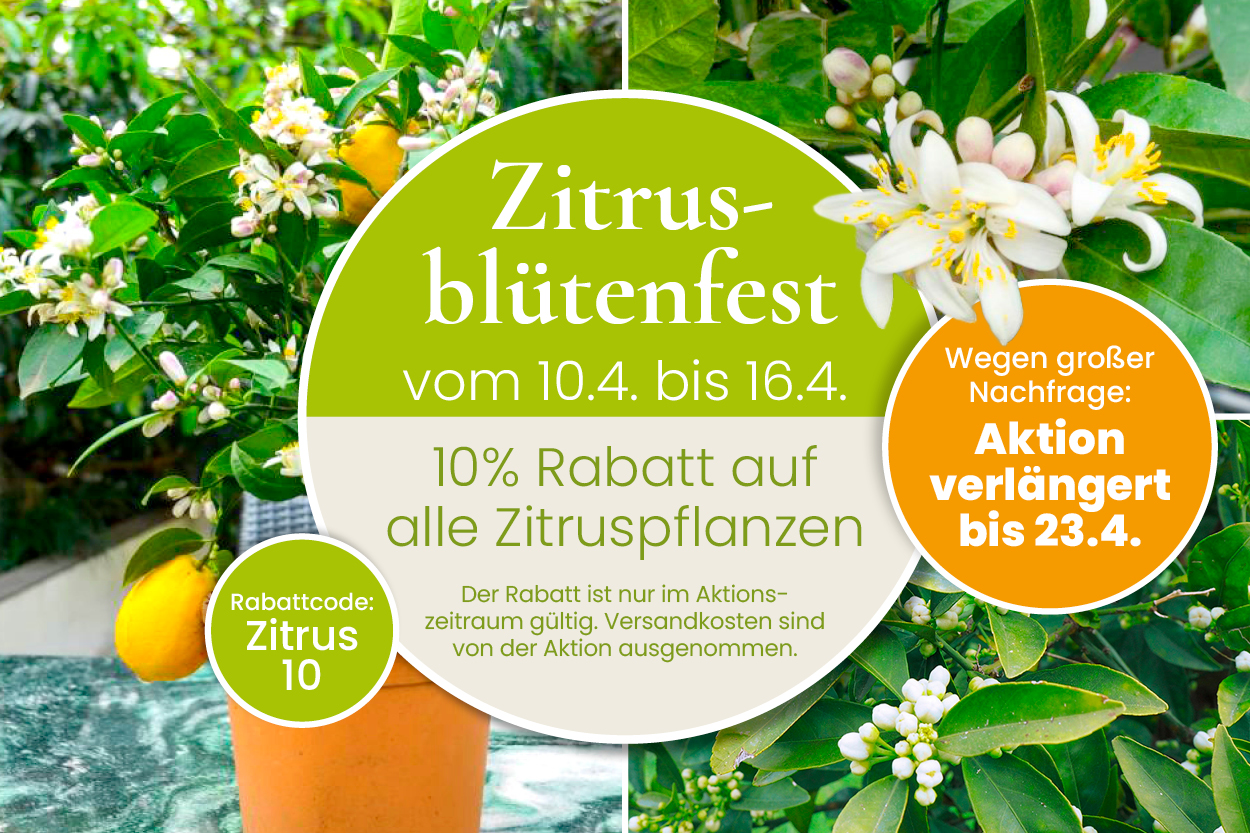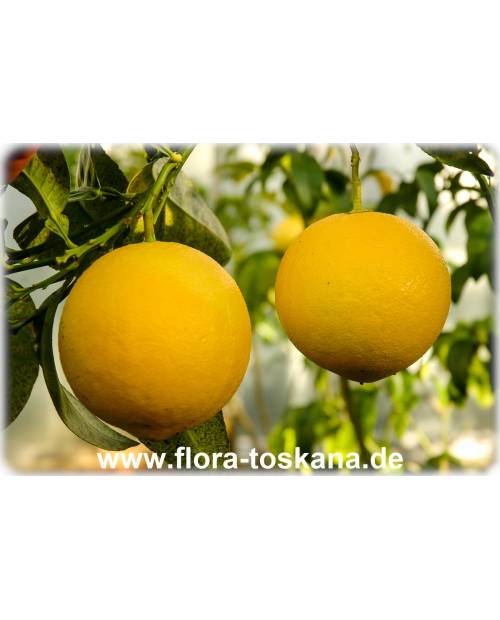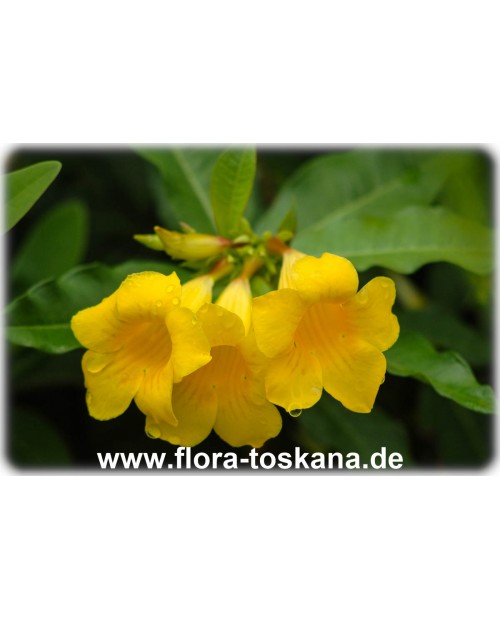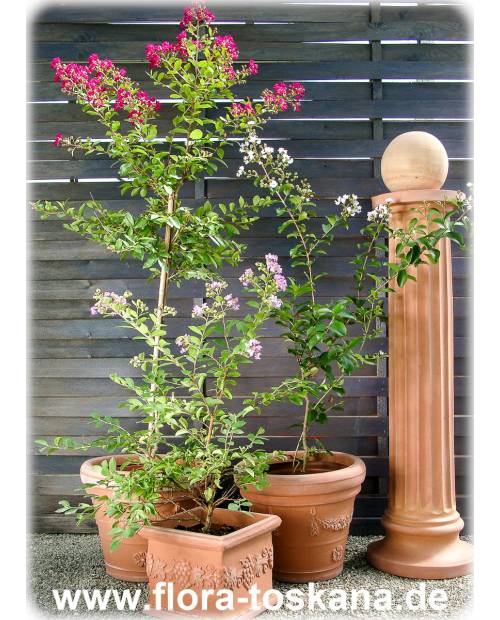Plumbago auriculata - Cape Plumbago, Cape Leadwort, Blue Plumbago
With its sky-blue continuous flowering, the South African Plumbago (Plumbago auriculata) has become indispensable in the assortment of container and conservatory plants.
Blue flowers are far less common in the world of container and winter garden plants than yellow or red ones. That’s why the Cape Plumbago (Plumbago auriculata) is an absolutely essential and very popular element of many terraces or conservatories. The name Cape Leadwort refers to the roots that where used for dyeing. The Cape Plumbago never tires of showing its sky-blue or white flowers in sunny spots from early summer to fall. Its calyxes are covered with sticky glands and like to attach themselves to clothing or hair - an unexpected but pretty flower decoration for young and old! If you regularly prune the shoots that sprout from the roots in increasingly large numbers every year, you can shape the Cape Plumbago into a compact shrub. Left to grow unpruned, it tends to grow upwards like a climber and can be raised as flowering column or on a trellis. It is, however, difficult to grow it as a stem: without frequent pruning each year it will quickly lose its shape and becomes difficult to tame, even for experienced gardeners. Overwintering the plumbago, on the other hand, is not a challenge: since the leaves begin to fall off in the fall, they can overwinter without much light and in a cool place. New shoots appear from April/May.![]() Quality: classical plant for pots; many blue to white flowers; can be grown as shrub or climber; fast growing & easy to care for
Quality: classical plant for pots; many blue to white flowers; can be grown as shrub or climber; fast growing & easy to care for![]() Use: in pots from April/May to October outside on balcony, terrace and in the garden - during winter indoors; all year round in a conservatory or bright room or office
Use: in pots from April/May to October outside on balcony, terrace and in the garden - during winter indoors; all year round in a conservatory or bright room or office
Data sheet
- Family
- Plumbaginaceae
- Origin
- Africa
- Flowering period
- Constantly blooming
- Color of flowers
- Blue
- Growth
- Shrub
- Location
- Sunny
- winter temperature
- 10 (+/- 5) °C
- Minimum temperature
- -5 °C
- Hardiness Zones
- 9
- Height
- 1,5 - 2 m
You might also like
Customers who bought this product also bought:




































































